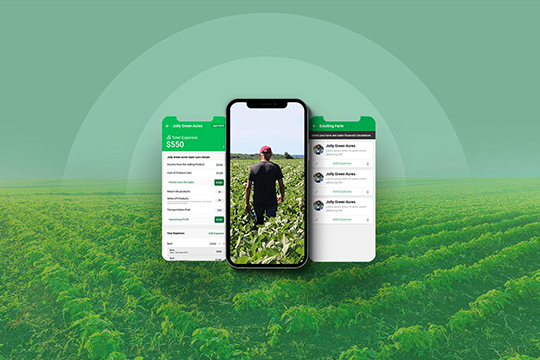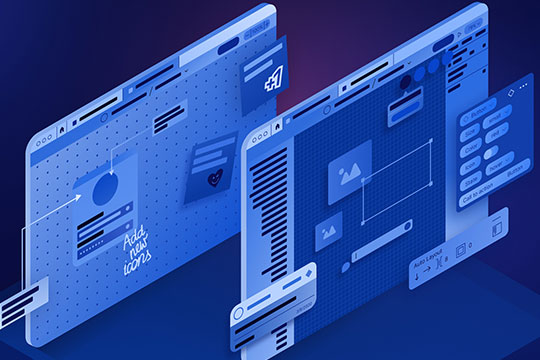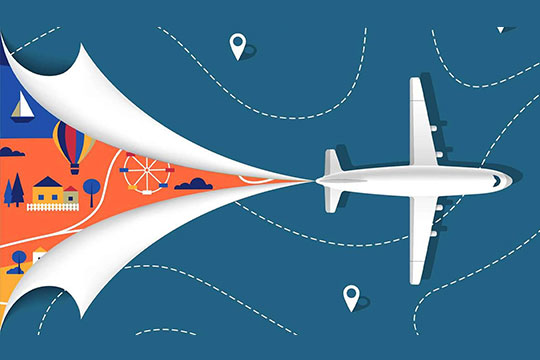In today’s rapidly evolving technological landscape, mobile applications have become indispensable tools, transforming various industries. Agriculture, being the backbone of many economies, is no exception.
The integration of mobile applications in agriculture has not only streamlined processes but also revolutionized the way farmers approach their work.
Importance of Mobile Applications in Agriculture
- Enhanced Efficiency
Mobile applications offer farmers the ability to manage tasks more efficiently. From crop monitoring to equipment maintenance, these apps provide real-time data, enabling farmers to make informed decisions promptly.
- Real-time Monitoring
One of the key advantages is real-time monitoring. Farmers can keep track of weather conditions, crop health, and equipment status, allowing for timely interventions and adjustments.
- Data-Driven Decision-Making
The use of data analytics in agriculture apps empowers farmers with valuable insights. They can analyze trends, predict outcomes, and strategize for improved productivity.

Challenges in Agriculture
- Identifying Common Challenges
Despite technological advancements, agriculture faces challenges like unpredictable weather, pest outbreaks, and market uncertainties. Addressing these issues is crucial for sustainable farming.
- How Technology Can Address Them
Mobile applications equipped with advanced technologies such as AI and machine learning can help farmers mitigate risks and adapt to changing conditions.
Role of Ndimension Labs
Ndimension Labs is at the forefront of developing innovative mobile applications tailored for agriculture. With a focus on user-centric design, they aim to bridge the gap between technology and agriculture.
Expertise in Agriculture-Focused App Development
The team at Ndimension Labs understands the intricacies of agriculture. Their expertise lies in creating applications that cater to the unique needs of farmers, fostering technological inclusivity in the sector.
Features of Mobile Applications for Agriculture
Crop Monitoring
Ndimension Labs’ applications offer real-time crop monitoring, allowing farmers to track growth stages, identify potential issues, and implement preventive measures.
Weather Forecasting
Accurate weather forecasts provided by these apps assist farmers in planning their activities, ensuring optimal conditions for cultivation.
Innovation in Agriculture Apps
Use of AI and Machine Learning
Ndimension Labs leverages AI and machine learning to bring predictive analysis and smart solutions to agriculture, enhancing efficiency and productivity.
IoT Integration for Smart Farming
The integration of IoT devices enables farmers to remotely monitor and control various aspects of farming operations, contributing to the concept of smart farming.
Community Building Through Apps
Connecting Farmers and Sharing Knowledge
Ndimension Labs’ applications facilitate communication and collaboration among farmers, fostering a sense of community and enabling the exchange of valuable knowledge.
Collaborative Farming Initiatives
Exploring how these apps support collaborative farming initiatives illustrates their role in creating a network of support among agricultural communities.

Security and Privacy Concerns
- Ensuring Data Protection
Addressing concerns related to data security and privacy is paramount for Ndimension Labs, instilling trust among users and protecting sensitive agricultural information.
- Building Trust Among Users
Establishing trust through robust security measures and transparent practices ensures widespread adoption of these applications.
Benefits for Small-Scale Farmers
- Leveling the Playing Field
Mobile applications developed by Ndimension Labs empower small-scale farmers, providing them with tools and information previously accessible only to larger enterprises.
- Access to Markets and Pricing Information
These applications bridge the gap between farmers and markets, offering real-time pricing information and access to a wider customer base.
Global Impact of Agriculture Apps
Enhancing Food Security
The widespread use of agriculture apps contributes to global food security by improving productivity and reducing wastage.
Bridging the Urban-Rural Gap
Highlighting how these applications bridge the gap between urban consumers and rural producers, fostering a more interconnected and sustainable food ecosystem.
FAQs
Are these applications only for large-scale farmers?
No, Ndimension Labs’ applications are designed to cater to the needs of both large-scale and small-scale farmers, promoting inclusivity.
How do these apps ensure data security?
Ndimension Labs employs advanced security measures, including encryption and secure protocols, to safeguard user data.
Can farmers without technical expertise use these applications?
Yes, the user-friendly design ensures accessibility for farmers with varying levels of technical proficiency.
What sets Ndimension Labs apart from other app developers in the agriculture sector?
Ndimension Labs combines technological expertise with a deep understanding of agriculture, creating tailored solutions that address specific industry challenges.
How do these apps contribute to sustainable agriculture?
The apps promote sustainable practices through features that optimize resource usage and minimize environmental impact.
Conclusion
In conclusion, the integration of mobile applications in agriculture, especially through the innovative solutions developed by Ndimension Labs, is transformative. From addressing challenges to fostering community collaboration, these apps are revolutionizing farming practices globally.




















